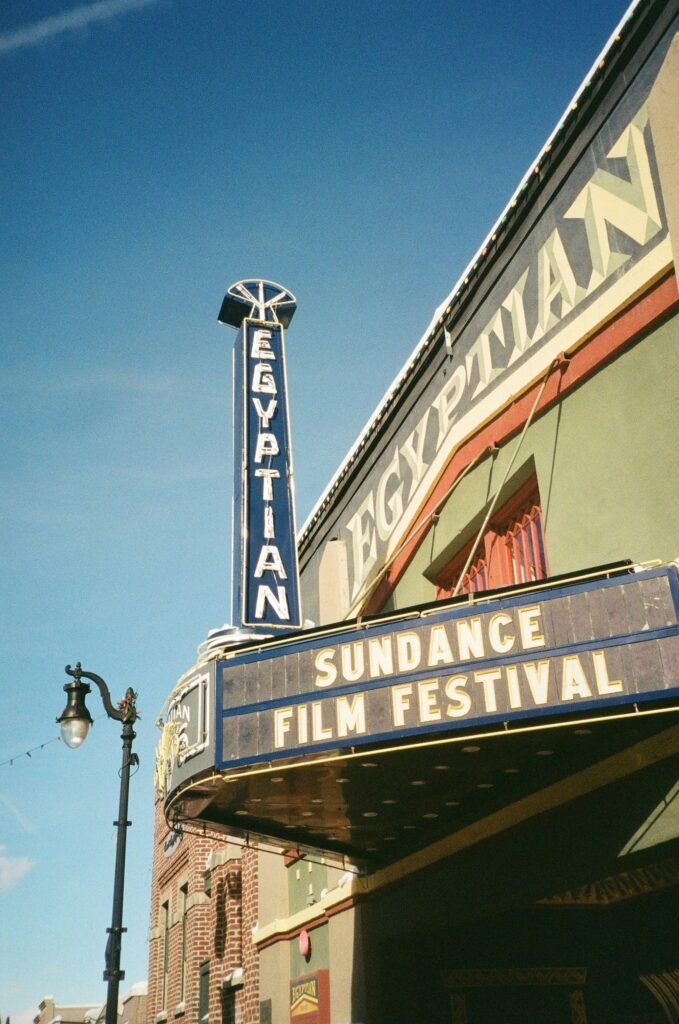Film Industry
The Harsh Truth About Filmmaking That Nobody Tells You
We’re often sold a romantic image of filmmaking: the visionary director on set, pointing dramatically through a viewfinder, surrounded by crew and magic, making art that transcends reality. The dream job. The red carpets. The Oscars. The “glamour” of Hollywood.
But the truth? Filmmaking is not a dream. It’s a war.
Once you step behind the glossy curtain, you realize how much politics, chaos, business strategy, and sheer endurance it takes to get a film made, let alone distributed. Here’s the reality check on the biggest myths about filmmaking and the system that keeps those illusions alive.

Film Festivals Aren’t a Level Playing Field
When you’re just starting out, film festivals like Sundance or SXSW look like a fair platform. Anyone can submit through FilmFreeway, pay the entry fee, and hope for the best. Right?
Not exactly.
- Festivals are businesses first. They need films with buzz, recognizable names, or agency connections to draw attention.
- Major talent agencies like WME or CAA have direct lines to programmers. If they call, their films move to the top of the stack.
- Emerging filmmakers without connections are grouped into the “cold submissions” pool. Those entries are still watched, but they face harder odds.
- Labs and programs like the Sundance Labs give certain filmmakers direct pipelines into prestigious slots—think Ryan Coogler with Fruitvale Station.
The takeaway: while raw talent can break through, access and relationships heavily influence who gets accepted.
Studios Don’t Always “Make” Movies
A24. Lionsgate. Universal. When you see their logos, you probably assume they produced the film.
But in reality:
- Many smaller studios act as distributors, not producers. They buy finished independent films after they’ve already generated buzz at festivals.
- Example: Operation Avalanche (2016). Filmmakers risked a million-dollar loan to shoot the movie themselves. Only after Sundance did Lionsgate swoop in—reimbursing the costs and adding their logo.
- This creates the illusion that the studio was behind the whole process when the heavy lifting—financing, risk-taking, and creativity—was already done.
Independent filmmakers often carry all the risk. Studios frequently come in only when those risks prove successful.
Development Deals Aren’t Guarantees
One of the cruelest myths young filmmakers believe is that selling a script means their movie will be made.
Here’s the reality:
- Studios sometimes buy scripts simply to shelve them, preventing competition with similar projects.
- Projects enter development hell, where endless rewrites, executive notes, and creative disagreements stall them indefinitely.
- Some shorts go viral, get bought, and then vanish because the studio loses interest or a bigger project doesn’t align.
As the saying goes: don’t trust a greenlight until you’re a week into shooting.
Filmmaking Is Not Glamorous—it’s Survival
Behind-the-scenes reels show actors laughing between takes, directors nodding confidently, and glamorous studio lots.
The day-to-day reality:
- Endless fights about budgets, schedules, and rewrites.
- Producers and executives pushing competing agendas on the same project.
- Department tensions, last-minute pivots, and the daily threat of collapse.
- Stanley Kubrick once called set life “the worst milieu for creative work ever devised by man.”
Francis Ford Coppola put it more bluntly while reflecting on Apocalypse Now:
“We had access to too much money, too much equipment, and little by little, we went insane.”
The Oscars Are Political Campaigns
The Academy Awards are framed as merit-based: the “best” films rising to the top. In truth, Oscars function like a political race.
- Studios and producers must fund campaigns—billboards, ads, screenings, and elegant “For Your Consideration” efforts aimed directly at academy voters.
- Some studios spend more on Oscar campaigning than the actual production budget. For instance, the indie film Anora reportedly cost $6 million to make while its Oscar campaign ran around $18 million.
- Without campaigning, many deserving films never get attention, regardless of quality.
At the Oscars, the best film isn’t always the winner—it’s often the best-funded campaign.
Even Famous Directors Fight Battles
Think success secures freedom? Not always.
- Steven Spielberg struggled for a decade to get Lincoln made; studios wanted to relegate it to HBO instead of theaters.
- Francis Ford Coppola self-financed Megalopolis because no studio would back him.
- Guillermo del Toro had to scale back The Shape of Water to a $20 million budget, despite being an Oscar-winning director.
- Martin Scorsese had to turn to Netflix to make The Irishman.
Even the most powerful names constantly negotiate between personal vision and what the system will allow.
The Real Takeaway
Filmmaking is a battlefield of passion, politics, business, and compromise. For every dazzling story of discovery, there are dozens of hidden tales of projects that were shelved, rewritten, underfunded, or lost in the system.
The illusion of glamour is part of the sales pitch to audiences. The reality behind the curtain is messy, exhausting, and often heartbreaking—but for those who love it, there’s nothing more meaningful.